When I went to conventions and comic shows as a teenager in France, each artists almost always did a unique drawings for their fans in the front cover of their books. As a teenager wanting to be a professional comic book artist, I would go and watch artists do drawing after drawing throughout the day with ease. I was mesmerized by how quickly and efficiently they could come up with a little sketch without any erasing, right there on the spot, and how they were both original but with an artists’ signature style.
So to get our feet wet in the industry my art school friends and I started our own comic book magazine called Caniveau, five of us doing our own stories. With our first issue we started selling at conventions and to follow in the footsteps of all comic book professionals we learned to create quick and efficient drawings straight out of black ink. It always created a sense of anxiety and excitement when someone was handing you a book they just bought; whatever drawing you did just had to be good.
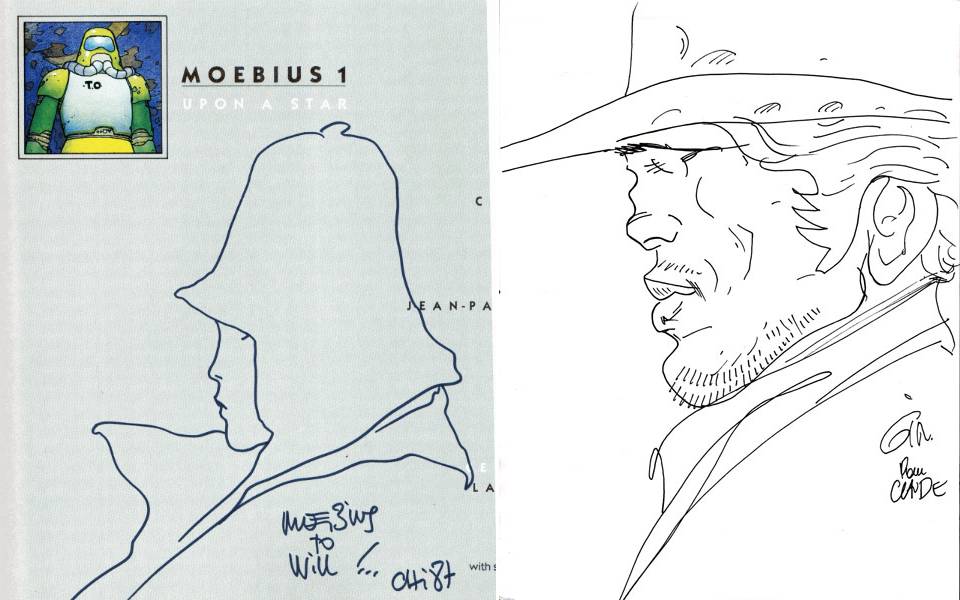
So over time, artists learned tricks to stay quick and nimble. Moebius, for example was very specific about the drawings he would do; he was well known for doing either a profile of the Arzack main character, with his big hat, one of his signature Arzack bird, or his famous Blueberry character.
When I released my last book, Velocity, at San Diego Comic Con, I sold the limited editions with a one-of-a-kind drawing, and so had the familiar process of doing these drawings while sitting at the booth. I started with what I used to do as an art student, which was predominantly monsters and creatures.
It’s a fascinating process because you draw with your creative brain, but also from memory and habit. It starts with just a vague idea, without being too specific about the detail of it. If I wanted to do a monster – I would start drawing the lines very quickly on the page, without necessarily knowing what comes next. It’s a process of constant recalibration, reacting to how the lines shape themselves.
Then I add detail to the basic shapes based on an automatic vocabulary of elements that I’m used to using – like unusual teeth, spikes, tentacles, or different shapes of eyes. Because the process is so organic, the end product is inevitable very different.
But over time, when there was a lull at conventions, I started doodling and playing with different subjects for the drawing, exploring things that might be more complex and challenging. There were other, more human characters, some vehicles, and cityscapes, all keeping with the idea that they had to be instinctual and done quickly in one shot. They were done directly in ink, so if the drawing didn’t work, it went into the trash, and I’d start over.
When doing scenes that have more angular detail, the process becomes much more challenging, because it requires more precision – I have to take a little bit of time to contemplate before putting a line down.
While I’m not as used to doing these more complex scenes as I am with monsters, like most things the more you practice, the more comfortable it becomes. I still do these drawings from time to time because it’s a fun exercise to practice skills and to learn to let the drawing dictate where it wants to go, rather than the other way around.


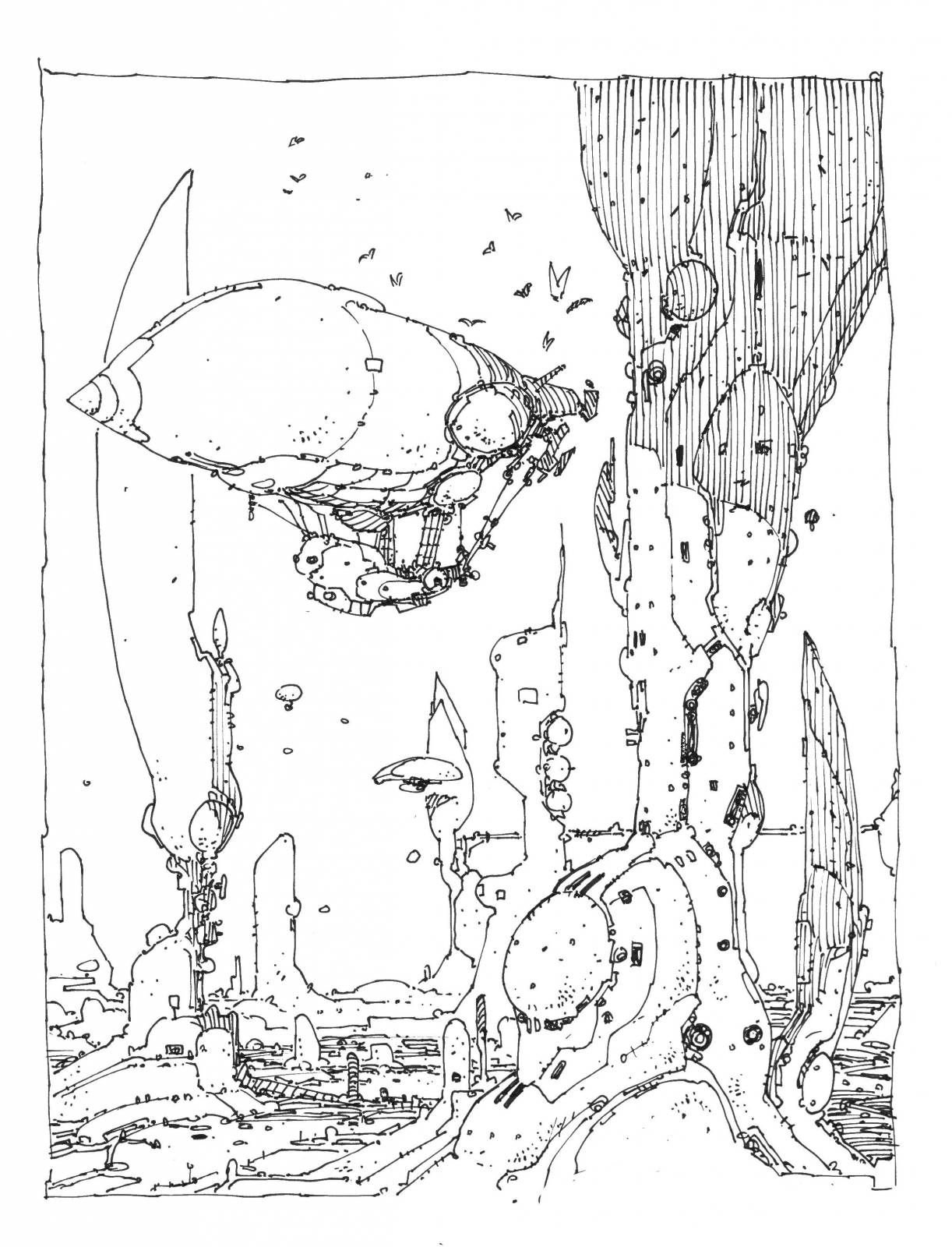

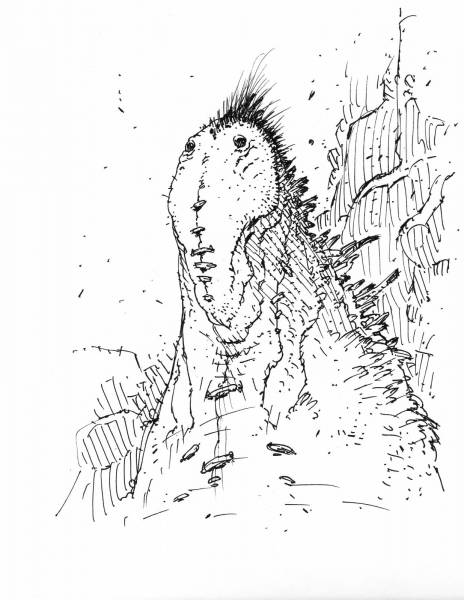
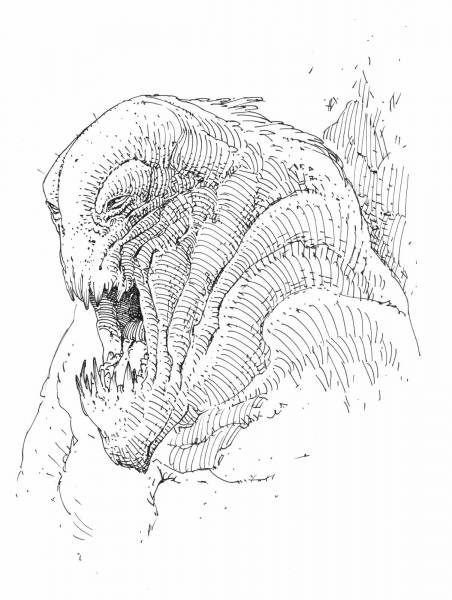
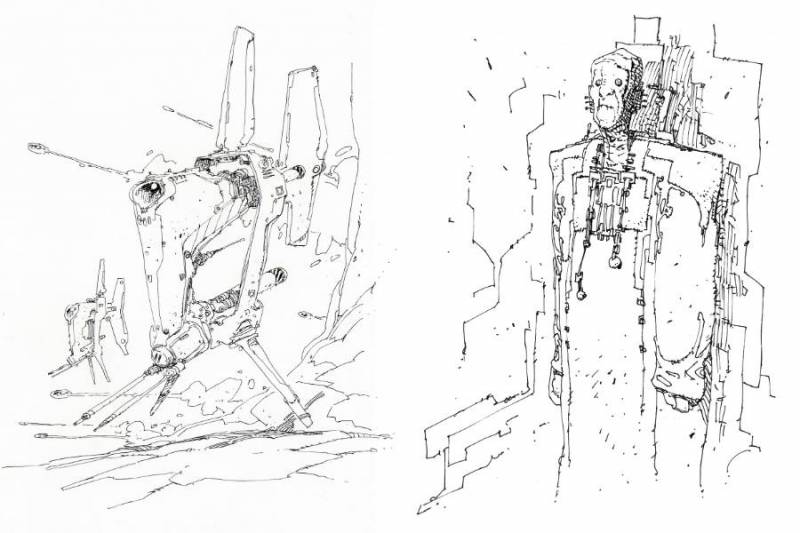

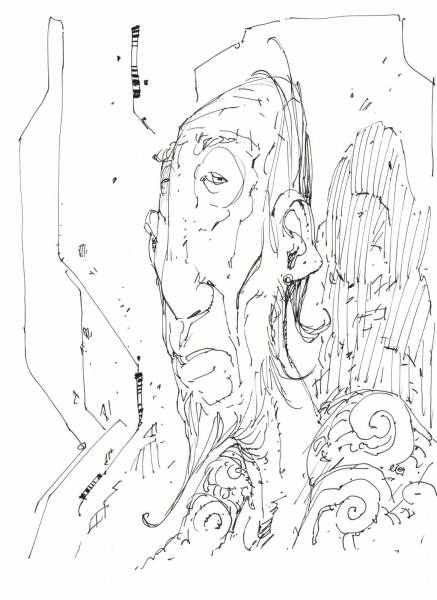
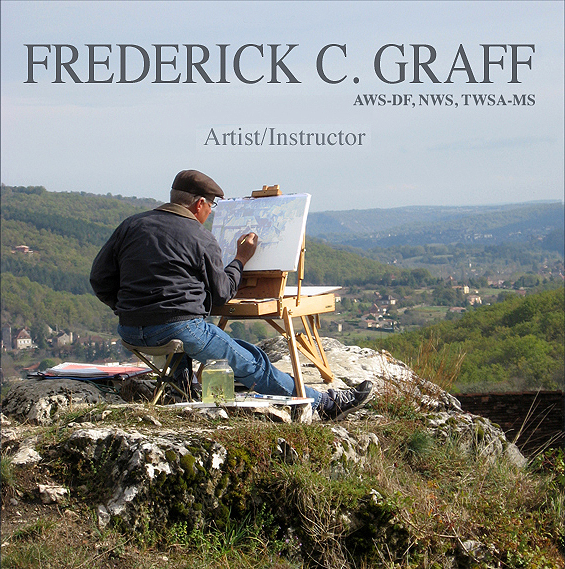
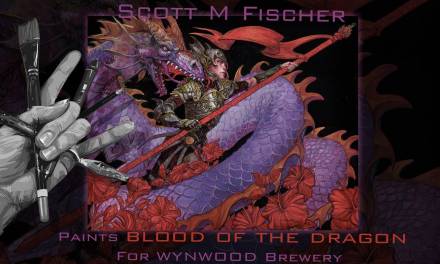
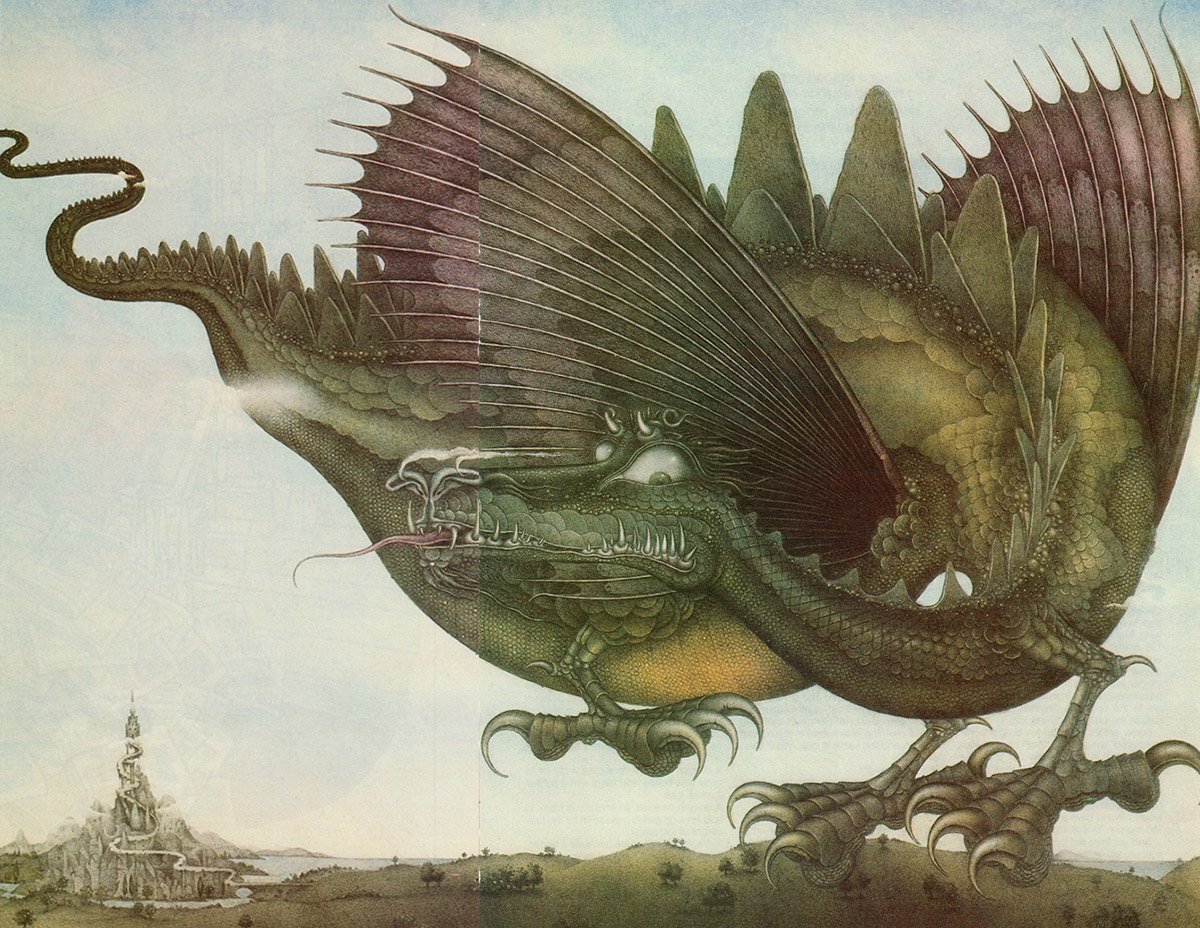

Tahnks for sharing your process:)
you re welcome
Muddy Colors: The daily dose of inspiration we need, great text!
Great article and a super way to draw – to let the drawing tell you what it needs and where it wants to go. Thanks for the insight!